When Twin Peaks premiered on April 8, 1990, audiences were astonished at its boldness and originality. Viewers were hooked and impressed by the eccentric vision that David Lynch brought to the small screen, the unusual mix of murder mystery and soap opera, and the strange behavior of the characters.
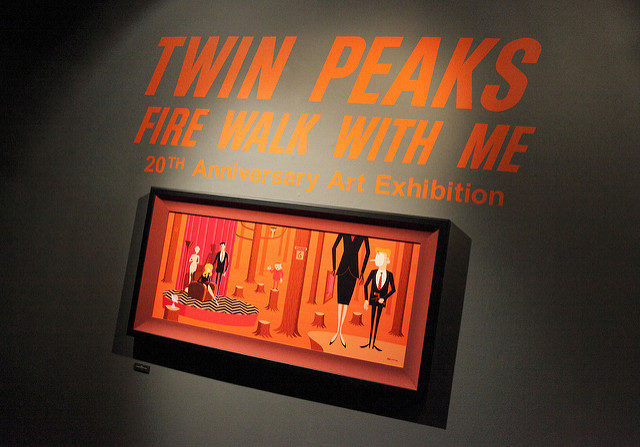
Even though the show was cancelled after its second season, it retained a huge cult following and has been influential to many other television series to this day. But now, the long-awaited reunion of the townsfolk of Twin Peaks is imminent. Scheduled to premiere on Showtime on May 21, the new limited series will be gladly welcome to the series’ many fans.
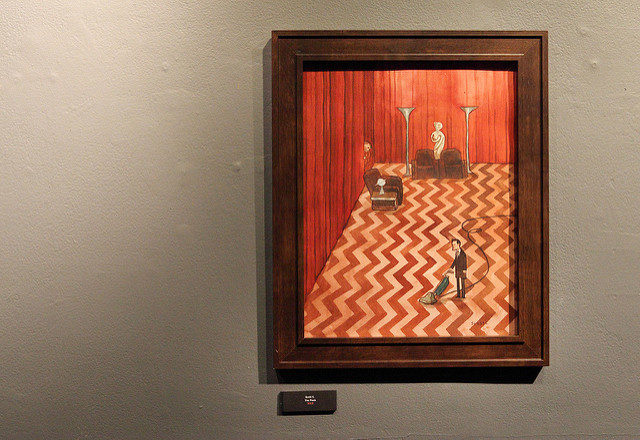
So perhaps now is an appropriate time to take a look at the places that shaped the aesthetic of the eponymous town of Twin Peaks, and the real towns that served as stand-ins during filming, particularly the city of Snoqualmie and its neighboring towns of North Bend and Fall City.
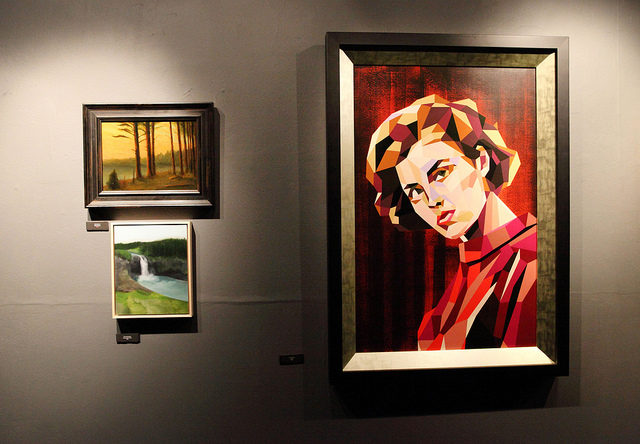
Snoqualmie Valley, Washington
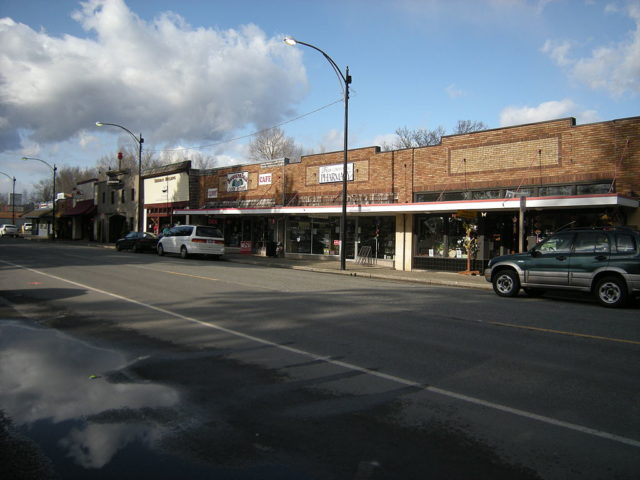
When the opening credits start to roll accompanied by the iconic Angelo Badalamenti music, we see Snoqualmie Falls. Located near the town, this was where Mark Frost and David Lynch went to find locations that would give the desired look and feel to the series. They started their location search in Snoqualmie in King County, Washington on the recommendation of a friend of Frost.
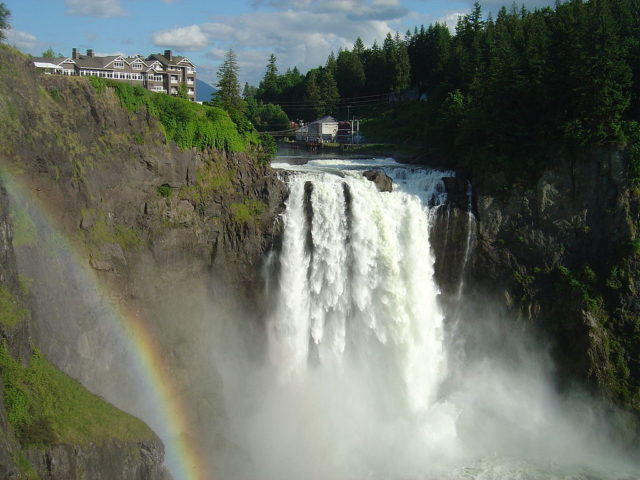
The city, home to the Northwest Railroad Museum and the birthplace of film and television actress Ella Raines, inspired all the recurring motifs of the show. The obsession of the show’s main character, FBI Agent Dale Cooper, with spirituality is, in a way, associated with the beliefs of the Snoqualmie people. For the Snoqualmie Indian Tribe, who have been living for centuries in Snoqualmie Valley, the Falls are a traditional burial site with a deep meaning for their culture, belief, and spirituality.
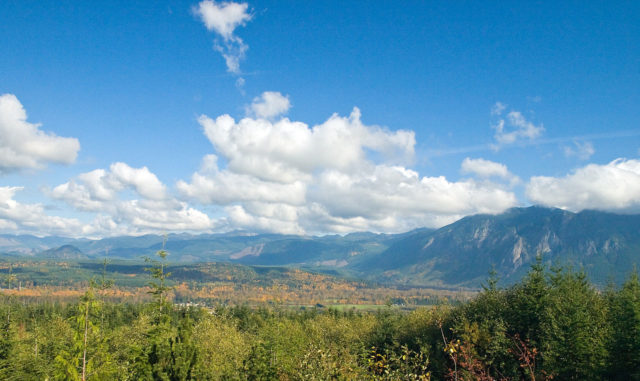
The Salish Lodge & Spa resort that overlooks the falls from above was a stand-in for the Great Northern Hotel of Twin Peaks that served as the home base for Dale Cooper. Fans of the show could also recognize the Southeast Reinig Road which was the real-life location of the famous sign: “Welcome to Twin Peaks, Population 51,201”.
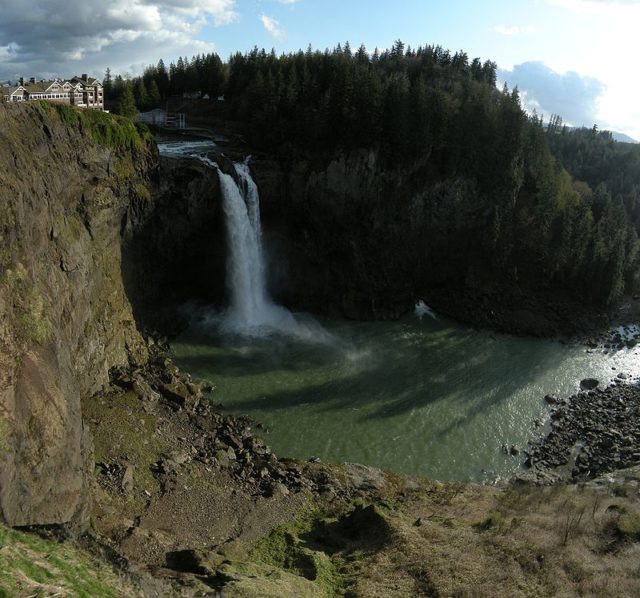
Although town is far from abandoned, the overall brooding aura, beautiful natural setting, and quirky charm of the small town gives it a distinctly isolated feel. Furthermore, the town has dealt with its own share of mysterious deaths in the past that further strengthens the bond with the TV show.
Nine years after the show premiered, Dayva Cross, then 39 years of age, stabbed his wife and two of his stepdaughters to death in their rambling brown ranch house. This demonstrates that sometimes truth can be even more frightening than fiction.
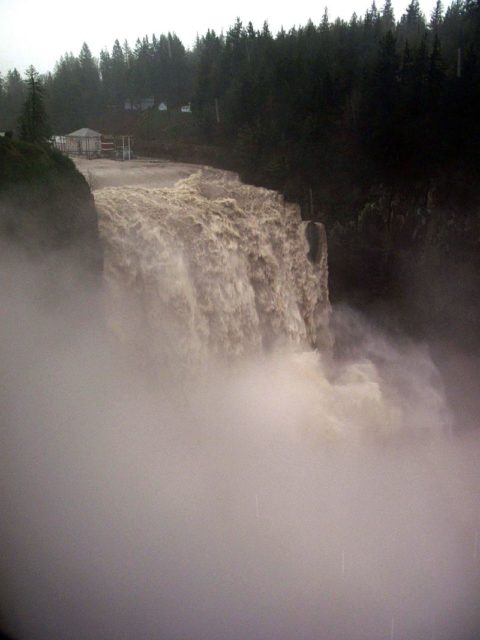
Nonetheless, today Snoqualmie Falls is a major tourist attraction, and not just for the fans of the show. Over 1.5 million tourists visit over the course of the year. In the past, there was also a town near the waterfall, mainly associated with the Weyerhaeuser timber mill. It had a number of homes and buildings, including a hospital, a school, and a community center, but after the townspeople dispersed, many houses were moved to Snoqualmie Valley.
Fall City, Washington
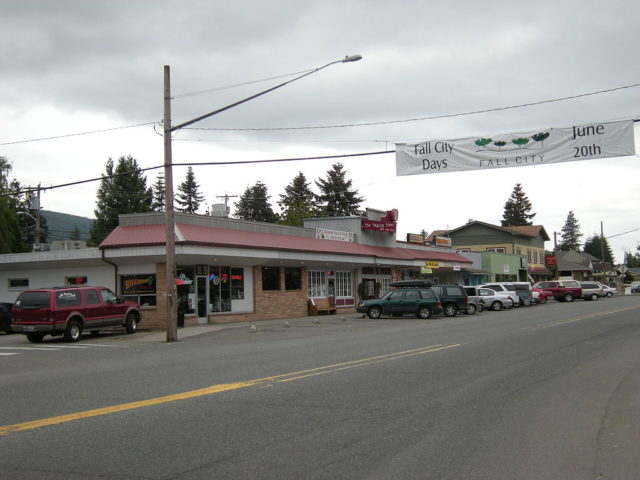
This small-town community lies along the Snoqualmie River. The first settlements were made in 1856 during the Puget Sound War, and today it serves as a commuter town to the Seattle metropolitan area.
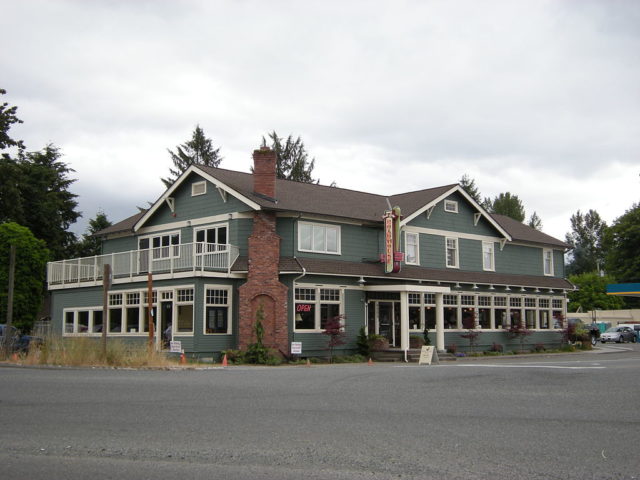
This suburban town also provided many of the exterior shots for Twin Peaks, most famously the exteriors for the Roadhouse Bar, the place where the characters often hang out, where Fall City’s Roadhouse and Inn was used as a stand-in.
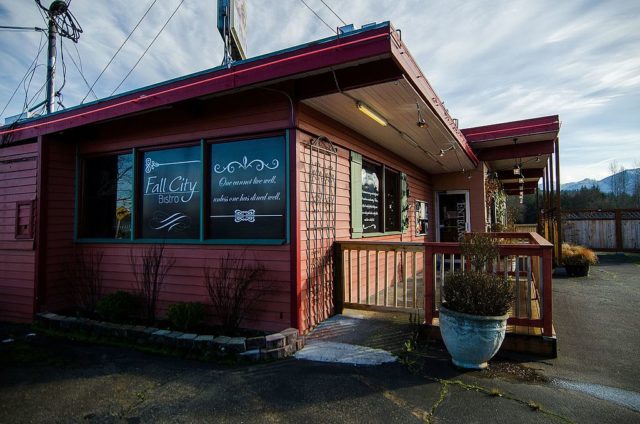
The town is still an unincorporated area but is definitely a place to visit and escape the noise of the big cities and relax.
North Bend, Washington
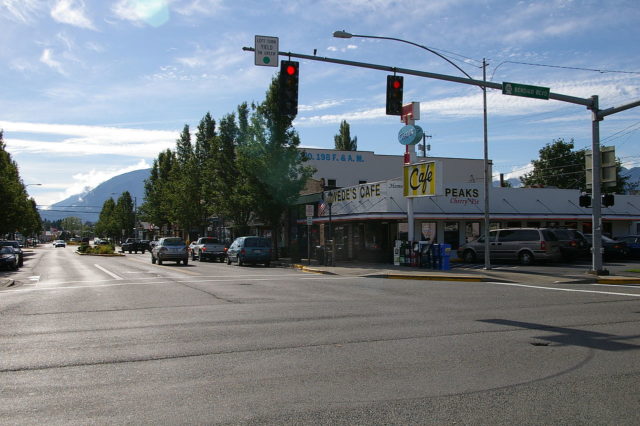
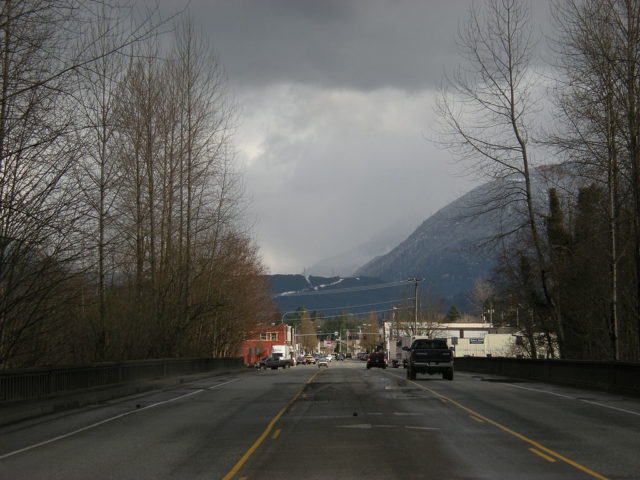
Also a commuter town for Seattle, this town is the home to Nintendo North Bend, the main production facility and distribution center for the Nintendo video games.
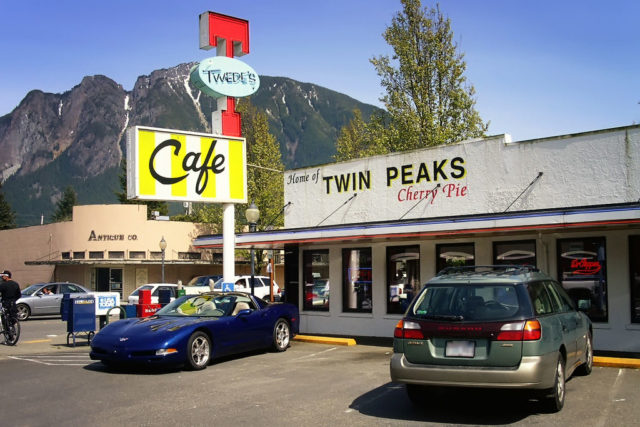
One of the most recognizable culture spots of the town is the Historic McGrath Hotel, now listed on the National Register of Historic Places. It was renovated in 2000 when a local couple purchased the building and completely restored the building. It has been open since 1922.
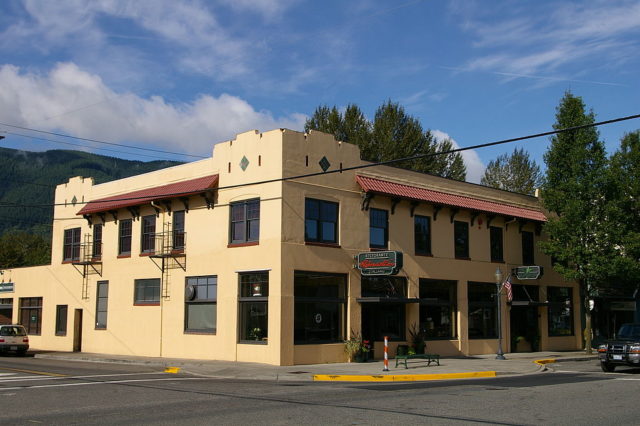
Also of note are the distinctive Art Deco North Bend theater, which has been open since 1941; the Valley Center Stage that regularly shows classic comedy plays; and the Snoqualmie Valley Historical Museum, which gives exhibits about the history of Snoqualmie Valley and is operated by the Snoqualmie Valley Historical Society.
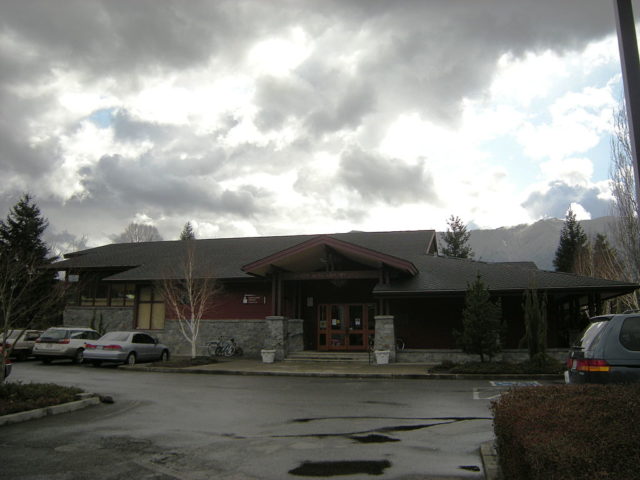
This quiet little town was made famous because of the Lynch’s Twin Peaks. It is quite a secluded community, located east of Seattle on Interstate 90. Visitors and fans of the show came here to visit Twede’s Cafe, where the scenes for the Double R Diner were filmed. There ‘s a sign in front that says “Home of ‘Twin Peaks‘ cherry pie,” which was a favorite for the show’s main character Dale Cooper.
